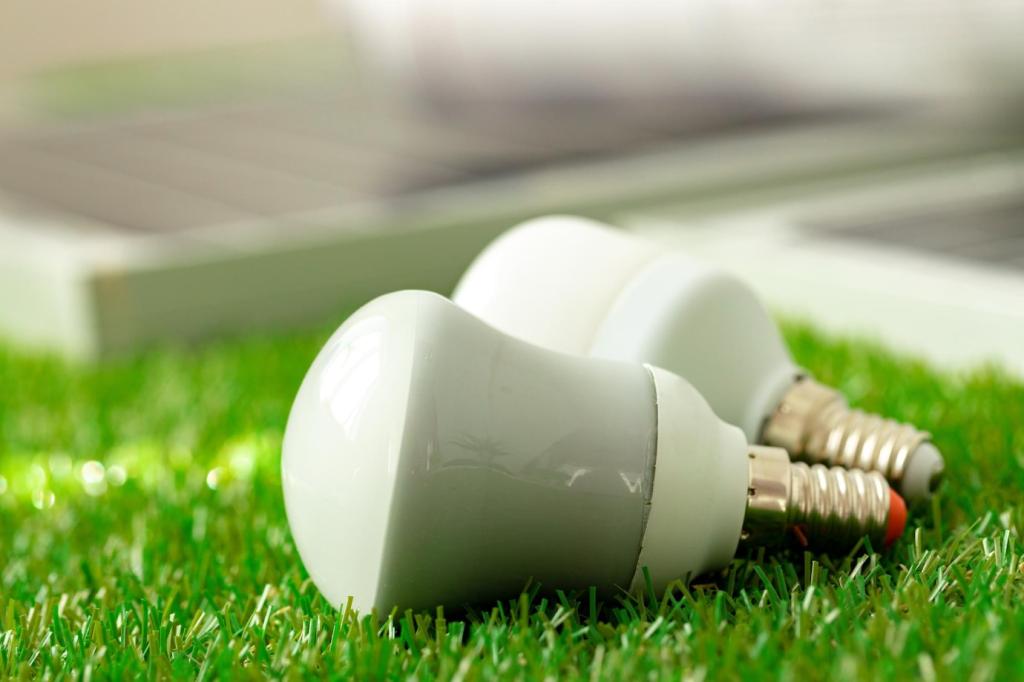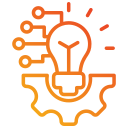This website uses cookies so that we can provide you with the best user experience possible. Cookie information is stored in your browser and performs functions such as recognising you when you return to our website and helping our team to understand which sections of the website you find most interesting and useful.
Smart Home Automation Trends 2024
Smart home automation is undergoing a remarkable transformation in 2024, unveiling innovations that are reshaping how we interact with living spaces. As technology permeates every aspect of daily life, household environments are becoming more intelligent, efficient, and intuitive. From energy management to privacy safeguards, these advancements not only heighten convenience but also contribute to sustainability and well-being. This year, the convergence of AI, connectivity, and user-centric design is at the forefront, positioning homes to anticipate and respond to residents’ needs seamlessly. In this comprehensive overview, we explore the pivotal smart home automation trends defining 2024 and examine the breakthroughs set to guide the future of domestic technology.

Artificial Intelligence Integration
Contextual Awareness and Personalization
Predictive Maintenance and Automation
Voice and Gesture Control Evolution
Advancements in Connectivity

Matter Protocol and Device Interoperability

Wi-Fi 7 and High-Speed Networking

Edge Computing and Local Processing
Focus on Energy Efficiency and Sustainability


